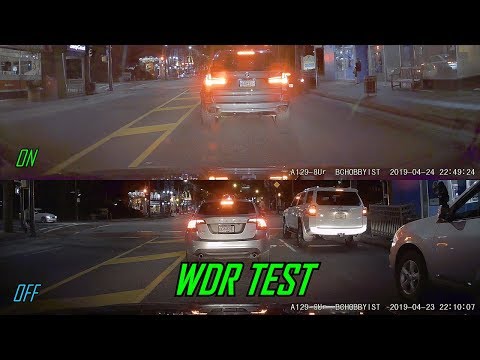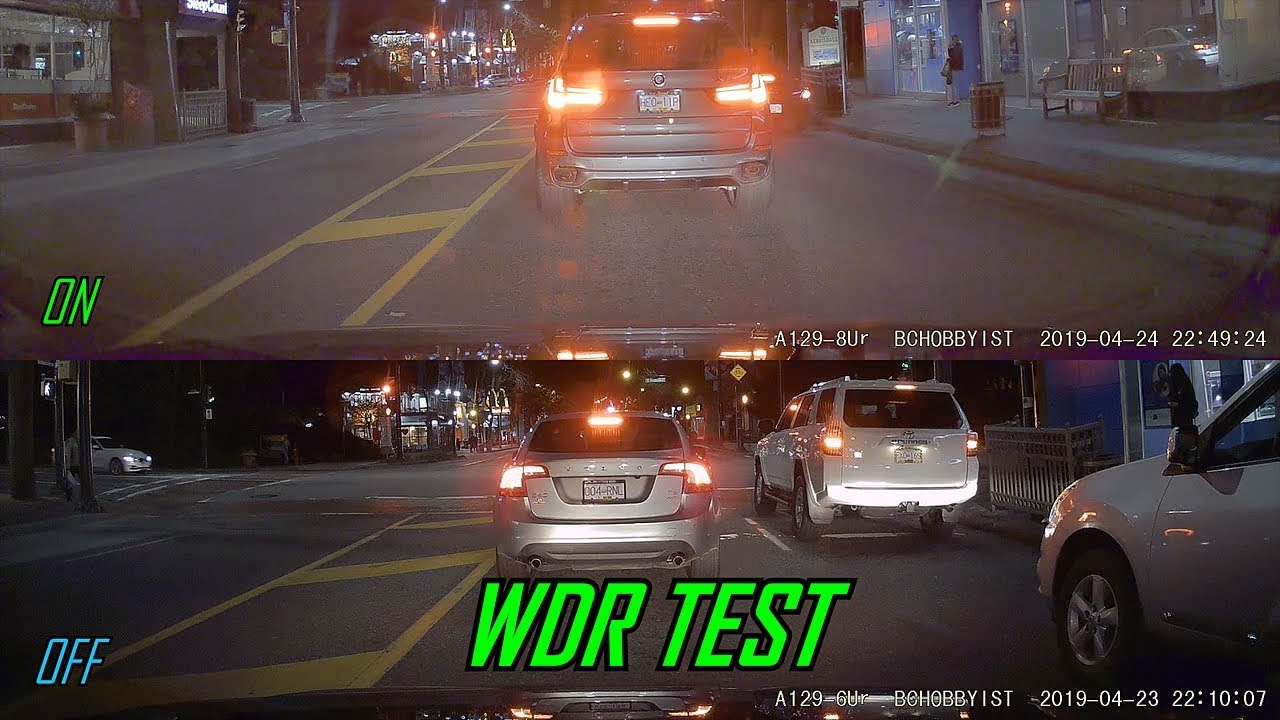WDR on dash cam is a revolutionary technology that will change the way you capture your driving experience. With its advanced capabilities, this feature ensures exceptional video quality, even in challenging lighting conditions. Whether you are driving through bright sunlight or low-light environments, WDR guarantees clear and detailed footage, allowing you to relive every moment with stunning clarity. Say goodbye to washed-out or overly dark recordings and hello to enhanced visibility on your dash cam footage.
Equipped with WDR, your dash cam becomes your ultimate eyewitness, accurately capturing every important detail on the road. This technology intelligently adjusts the exposure settings, highlighting both the brightest and darkest areas of the scene simultaneously. This means you won’t miss any critical information, such as license plates, road signs, or facial features, ensuring you have solid evidence in case of an accident or any unexpected events.
Investing in a dash cam with WDR is a decision that guarantees peace of mind and an added layer of security during your daily commutes or long road trips. No matter the time of day or weather conditions, this feature lets you capture moments with exceptional clarity and accuracy. So why settle for compromised video quality when you can experience the incredible benefits of WDR on dash cam? Upgrade your dash cam today and see your driving adventures in a whole new light.

Understanding WDR on Dash Cam
| Term | Definition |
|---|---|
| WDR | Wide Dynamic Range |
| Function | WDR technology is a feature found in dash cams that helps improve image clarity and visibility in high contrast situations, such as when driving into or out of tunnels, under bright sunlight, or in low-light conditions. |
| Working Principle | WDR combines multiple exposures of the same scene to create a single, well-balanced image. It achieves this by simultaneously capturing frames at different exposure levels and then merging them together, ensuring both the bright and dark areas of the image are properly exposed, resulting in enhanced details and visibility. |
| Advantages | With WDR, dash cams can effectively capture license plates, road signs, and other crucial details even in challenging lighting scenarios. This technology minimizes image distortion, reduces glare, and provides a more accurate representation of what occurred on the road. |
| Limitations | While WDR greatly improves image quality in challenging lighting conditions, it may sometimes introduce minor artifacts or noise in the image. Additionally, the effectiveness of WDR can vary across different dash cam models and manufacturers. |
| Conclusion | WDR is a valuable feature to consider when purchasing a dash cam, as it ensures optimal image quality in various lighting scenarios. It helps capture critical information, enhances video evidence, and ultimately contributes to safer and more reliable driving experiences. |
A129 Duo Dash Cam: Unveiling the Ultimate WDR Comparison!
What is WDR on Dash Cam?
When it comes to dash cams, one term that often comes up is WDR, which stands for Wide Dynamic Range. WDR is a feature that enhances the video quality captured by a dash cam, especially in challenging lighting conditions. In this article, we will explore what WDR is, how it works, and why it is an important feature to consider when purchasing a dash cam.
Understanding WDR
Wide Dynamic Range is a technology that allows a dash cam to capture clear and detailed footage in situations where there are extreme differences in brightness within the frame. This is particularly useful when driving in environments with high contrast lighting, such as during sunrise or sunset, or when passing through tunnels.
WDR achieves this by combining multiple exposures of the same scene to create a final image or video with optimal brightness and detail. It works by taking one exposure to capture the details in the bright areas and another exposure to capture the details in the dark areas. These exposures are then merged together to create a single, well-balanced image or video.
The Benefits of WDR
Enhanced Image Quality: The primary benefit of WDR is its ability to produce high-quality footage with excellent clarity and detail. By capturing both the bright and dark areas of a scene, WDR ensures that important details, such as license plates or road signs, are clearly visible even in challenging lighting conditions.
Reduced Glare and Reflections: WDR helps to minimize the negative effects of glare and reflections on the windshield by balancing the exposure. This means that even if there is bright sunlight or oncoming headlights, the dash cam will still be able to capture a clear and usable image or video.
Improved Night Vision: WDR is particularly beneficial for capturing footage at night or in low-light situations. By merging multiple exposures, WDR can effectively brighten dark areas without overexposing bright sources of light, resulting in clear and detailed footage even in the darkest of conditions.
Factors to Consider
Resolution and Frame Rate: While WDR enhances image quality, it is important to also consider the dash cam’s resolution and frame rate. A higher resolution and frame rate will ensure that even the enhanced footage is sharp, smooth, and detailed.
WDR Levels: Different dash cams offer varying levels of WDR. Some may have basic WDR capabilities, while others may have advanced WDR technologies that produce even better results. It is essential to consider the WDR capabilities of a dash cam and choose one that suits your specific needs.
Installation and Placement: Proper installation and placement of the dash cam are crucial for optimal WDR performance. Ensure that the dash cam is securely mounted and positioned to have a clear view of the road ahead, minimizing obstructions or interference that could affect the WDR functionality.
Conclusion
Wide Dynamic Range (WDR) is an essential feature to consider when purchasing a dash cam. It enhances image quality, reduces glare and reflections, and improves night vision. By capturing both bright and dark areas of a scene and merging them together, WDR ensures that the footage is clear, detailed, and usable, regardless of the lighting conditions. When choosing a dash cam, consider the resolution, frame rate, and WDR capabilities to ensure you get the best possible footage on the road.

